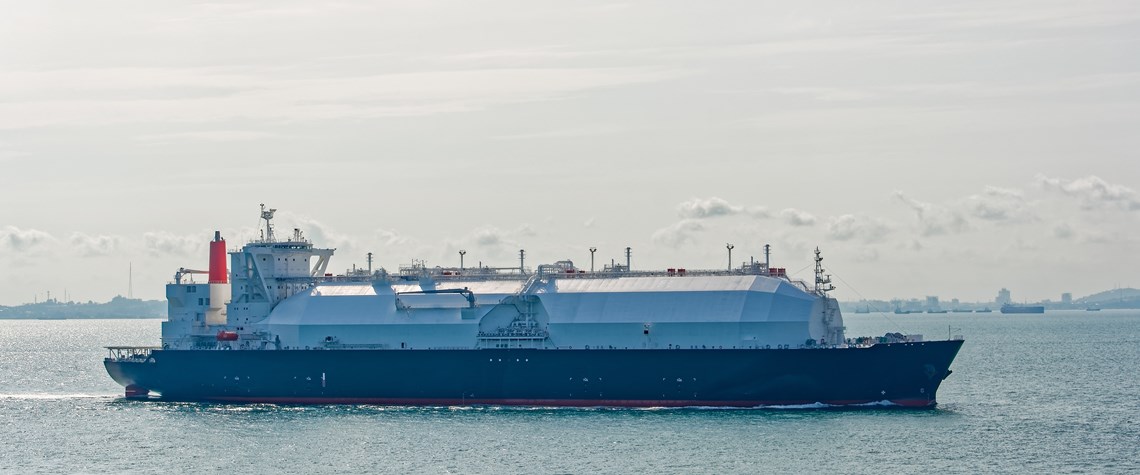“Pakistan used to be a gas country,” Nadeem Babar, special assistant on energy to the country’s prime minister told the Gastech conference in Houston on Tuesday. “We are aiming to make it a gas country once again. In this way, it is back to the future.”
Domestic gas production met c.50pc of Pakistan’s primary energy demand from the mid-1960s to late 1990s, says Babar, but was then neglected for almost 20 years. Now that over 50pc of the country’s 19mn t/yr oe of energy demand is imported, there is a renewed focus on increasing the country’s gas output.
“We are completely revamping our policy structures,” says Babar. “We are offering $4-9/mn Btu for gas discoveries, these are very attractive numbers.” But, with Pakistan’s gas demand forecast to rise from the current 5bn ft³/d (141.5mn m³/d) to 8bn ft³/d in five year’s time, increasing the current 1.2bn ft³/d of LNG imports will also play a key role in meeting demand.
“Most new LNG importing countries are in the developing world,” says Babar, “and many of these involve state-owned entities. We want to do something different.” The country has approved five new terminals, all involving private, rather than state-sponsored actors.
“We have completely opened the LNG market for private companies,” says Babar, forecasting a five-year doubling in LNG imports from 10mn t/yr to 20mn t/yr.
The growth of gas will be moderated, though, by ambitious targets for the share of renewables and hydro in meeting electricity demand. By 2025, these two sources of clean energy are targeted at providing 50pc of Pakistan’s electricity production, says Babar, rising to a 65pc share in 2030.
Neighbouring India has similar ambitions to grow its LNG import demand. It wants to move away from sourcing the majority of its primary energy demand from coal and “critically evaluate and explore cleaner and more sustainable options”, says Ashish Chatterjee, joint secretary in the country’s ministry of petroleum and natural gas.
The share of gas in the Indian energy mix is expected to grow from 6.2pc at present to 15pc by 2030, says Chatterjee. It has a strategy similar to Pakistan to grow both domestic production and LNG imports, as it aims to make gas “accessible and affordable to all”, with a particular focus on the cooking and transport sectors.
India’s policy makers have a three-pronged approach to stimulating increased gas demand—permitting a new LNG import terminal, completing the country’s main trunk line transport network and extending distribution networks to cover 53pc of the country and 70pc of the population, says Chatterjee.
Domestic gas will be given preferential access to the network, and regulators are progressing on giving domestic gas producers full marketing and pricing freedom, says Chatterjee. This will attract investment and open up the upstream sector, he predicts.
But there are also already five additional import terminals in the works, says Chatterjee, which will boost India’s current 12.5mn t/yr LNG import requirements.
He predicts an $11.5bn investment in growing the existing 16,8800km of trunk lines by another 15,000km. And there was “wide participation” in the last auction for expanded distribution networks. The Indian government is also providing active support to these expansions.









Comments